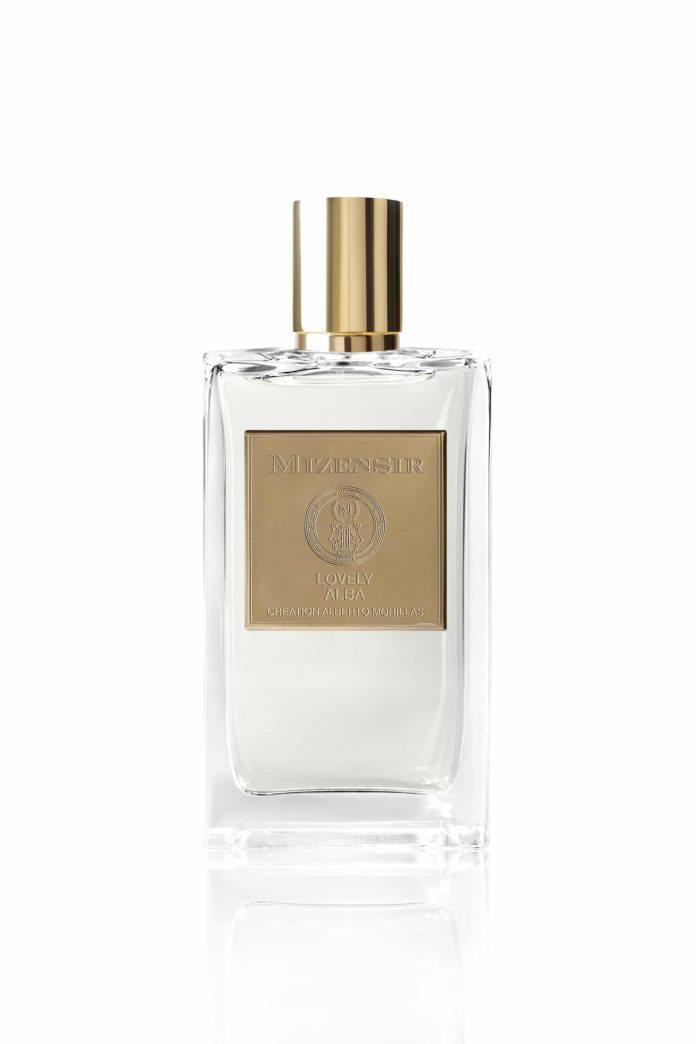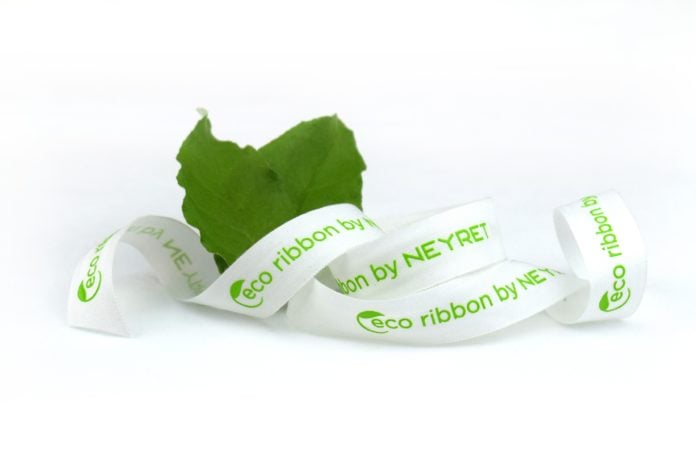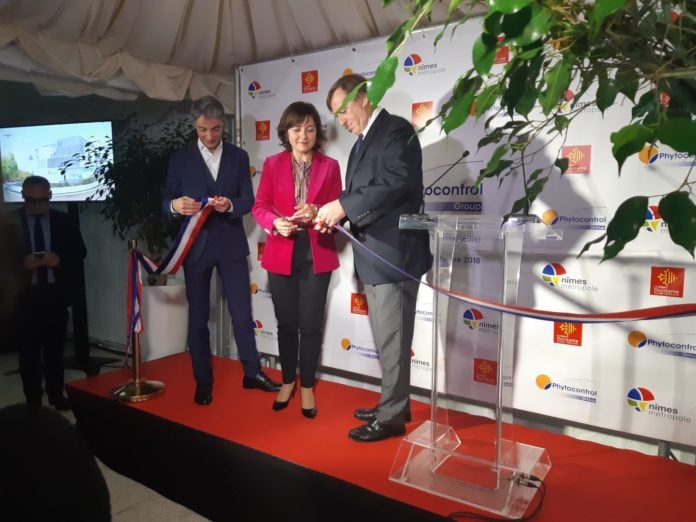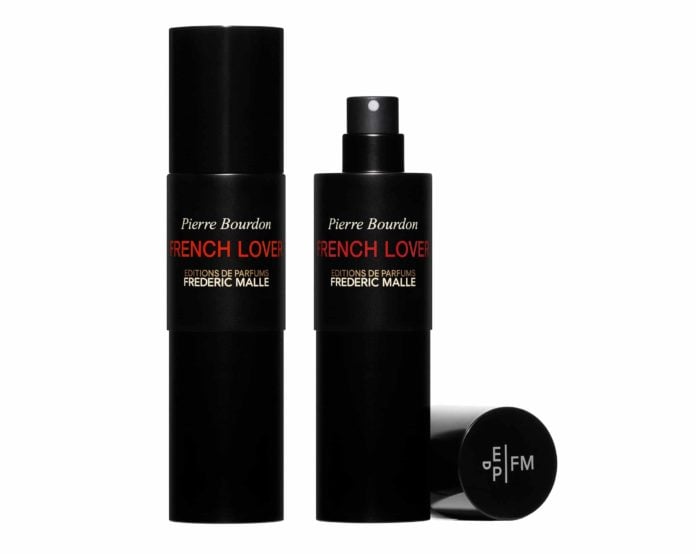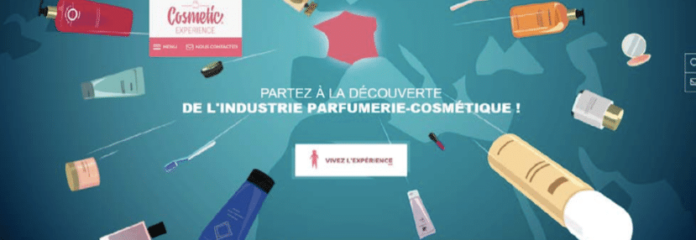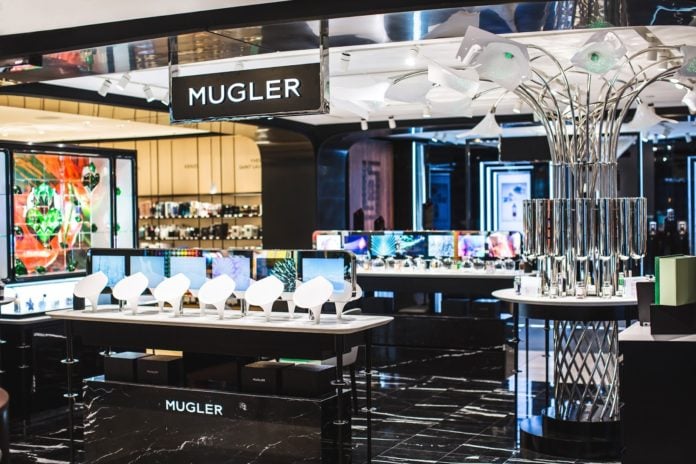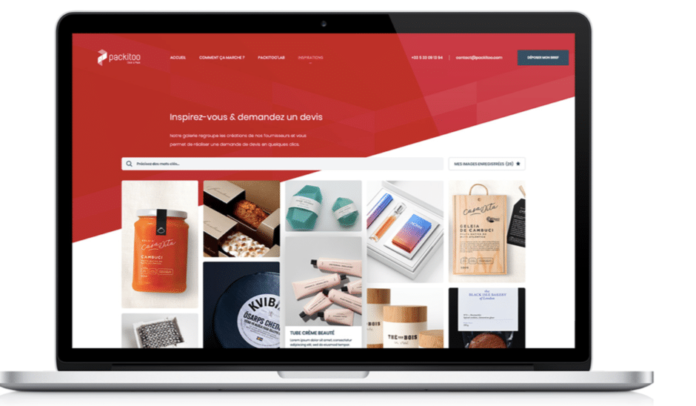Mill designs and manufactures metal labels and decorations that mark luxury products and their packaging with the designer's signature. In the field of perfumery, the specialist has had the honor - for the past three years - of applying its know-how to the 26 eaux de parfum that currently make up the Maison Mizensir collection. This year, the collection has been enriched by four new creations: Lovely Alba, Cologne du Mate, Cologne de Figuier and the latest, Célèbes Wood.
"Célèbes Wood is a wood of spices. It's an instant invitation to travel, but in a totally dreamlike way," says its creator Alberto Morillas. This new eau de parfum (average retail price 190 euros, 100 ml) completes a range of compositions that are sometimes fresh and citrusy, sometimes sensual and carnal, sometimes frank and masculine.
A powerful plate, sometimes gold, sometimes silver
For the entire collection, Alberto Morillas has chosen a sober, elegant 13.5 cm bottle that lets each fragrance tell its own story. At the top, the 42 x 42 mm square label is striking. Referring to the origins of the house, it bears its name, its seal, the name of the creation and its master perfumer.
Aluminum combines incredible lightness and strength
The Mill team recommended this material to Maison Mizensir for both aesthetic and technical reasons. "In our desire to obtain homogeneous, high-quality aspects, aluminum gives very good results. And over and above the aesthetics, which must be beyond reproach, the choice of aluminum also enables us to internalize the entire Mizensir sheet manufacturing process. In this way, we optimize production, which has a positive impact on delivery times", explains Matthias Bodard, Head of Luxury Markets.
Chemical etching adds value to marking
Depending on the composition of the fragrance, this marking technique plays on contrasts between matte and gloss, and hollow and relief effects. To achieve this, after screen-printing the targeted areas, the plates are placed in acid or alkaline baths, the duration of which determines the desired engraving depth. For gold labels, a finishing varnish is applied to sublimate the hue.




